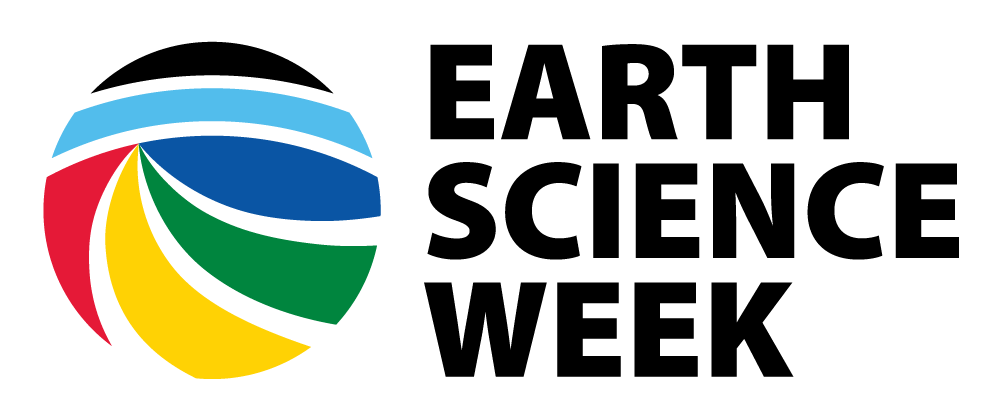Products Made from Petroleum Activity Source: Adapted with permission by Bruce Wells, American Oil & Gas Historical Society.
Background Most people associate petroleum with transportation — but we are surrounded by thousands of other everyday products that come from this vital natural resource. A typical 42- gallon barrel of crude oil yields about 20 gallons of gasoline and 4 gallons of jet fuel. What products come from the other 18 gallons?
[Read More]
Properties of Fluids in Reservoirs
Properties of Fluids in Reservoirs Activity Source: American Association of Petroleum Geologists.
Adapted with permission from EarthComm , American Geosciences Institute.
Petroleum geologists play a vital role in locating energy resources. They use a variety of methods to collect the data they need to find reservoirs of oil and natural gas.
When they find these reservoirs, petroleum geologists need to calculate their volume. They also need to estimate how much they can recover (remove) from the reservoir.
[Read More]
The EarthTrek Gravestone Project
The EarthTrek Gravestone Project Activity Source: Geological Society of America. Adapted with permission.
Raindrops contain more than just water. In addition to the small particles of dust around which water drops form, raindrops can contain chemicals found in the atmosphere. Often rain is slightly acidic. This “acid rain” can chemically affect (weather) materials it touches. The amount of weathering differs from place to place and changes over time.
Marble, a stone commonly used to make gravestones, is mostly made up of the mineral calcite.
[Read More]
Traveling Nitrogen
Traveling Nitrogen Activity Source: Windows to the Universe. Adapted with permission.
Nitrogen is an element that is found both in living things and the nonliving parts of the Earth system. In this classroom activity, students play the role of nitrogen atoms traveling through the nitrogen cycle to gain understanding of the varied pathways through the cycle and how nitrogen is relevant to living things.
For the teacher: To prepare, set up nitrogen reservoir stations around the classroom (or outside).
[Read More]
Water Filtration
Water Filtration Activity Source: Nebraska Earth Systems Education Network, School of Natural Resources, By Kimberly Flessner
Objective: Each group will design a water filtration system and present to the class why they picked their design.
Materials: 1 or 2 2-liter bottles scissors 1 250ml beaker filtration materials (examples: soil, gravel, potting soil, cotton balls, scrap material, charcoal, sand, woodchips, Styrofoam packing, charcoal briquettes) screening rubber bands Bunsen burner or heat source for evaporation “polluted water” (tap water with salt, food coloring, sand, and dish soap added to it) Procedure: Each group of 2 or 3 need to design an idea for a filtration system.
[Read More]
Water: A Never-ending Story
Water: A Never-ending Story Activity Source: Live From Earth And Mars
Approximate time frame: 2 weeks.
Background Water on earth is used over and over. The water cycle, the continuous movement of water from ocean to air and land then back to the ocean in a cyclic pattern, is a central concept in meteorology. In the water cycle, the sun heats the Earth’s surface water, causing that surface water to evaporate (gas).
[Read More]
Where Growth Meets Growth
Where Growth Meets Growth Activity Source: DiscoverySchool.com
Credit: Susan Hurstcalderone, science and resource teacher, Blessed Sacrament School, Washington, D.C.
Objective To identify fire risk factors for a property located near a wildland area.
Materials copy of Where Growth Meets Growth student handout colored pencils Procedure One of the issues surrounding wildland fires involves areas where uncontrolled urban growth meets uncontrolled vegetative growth. People who live in these areas should take extra precautions to limit the effects of any nearby wildland fire that might occur.
[Read More]
Why Settle at Mesa Verde
Why Settle at Mesa Verde Traditional geologic maps — sometimes crisscrossed with lines, blotted with colors, and marked with strike and dip symbols — have been used for at least 200 years to depict the geologic makeup of the Earth. Consider the map and other images of Mesa Verde National Park in Colorado shown here. Each provides a different perspective on the geologic makeup of the area. President Theodore Roosevelt created the 52,485-acre Mesa Verde National Park in 1906 to recognize and protect sites of natural and historical significance.
[Read More]
